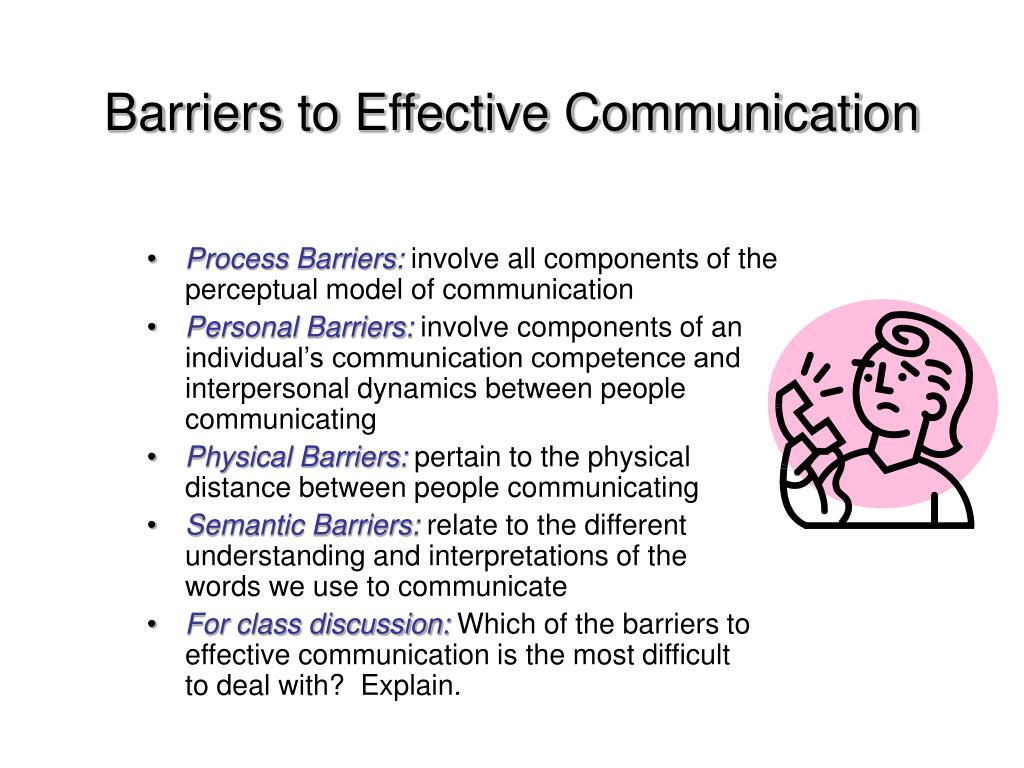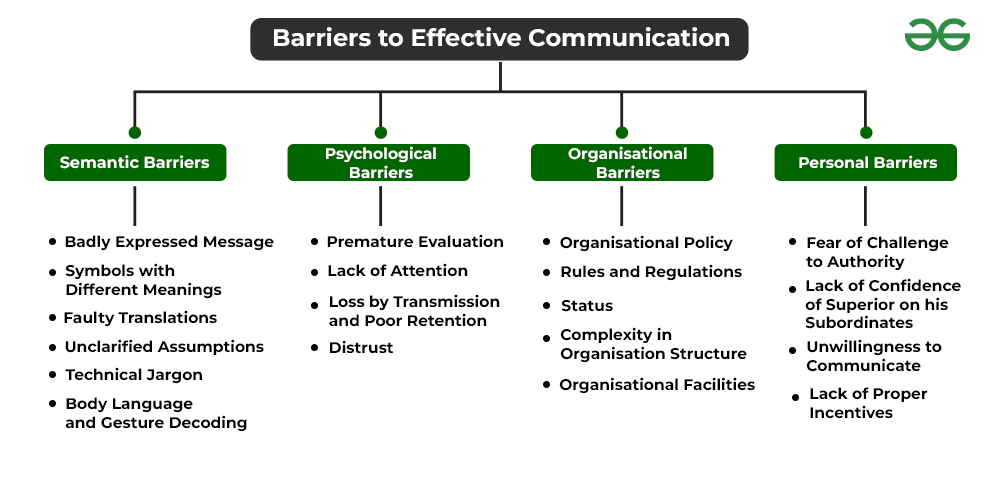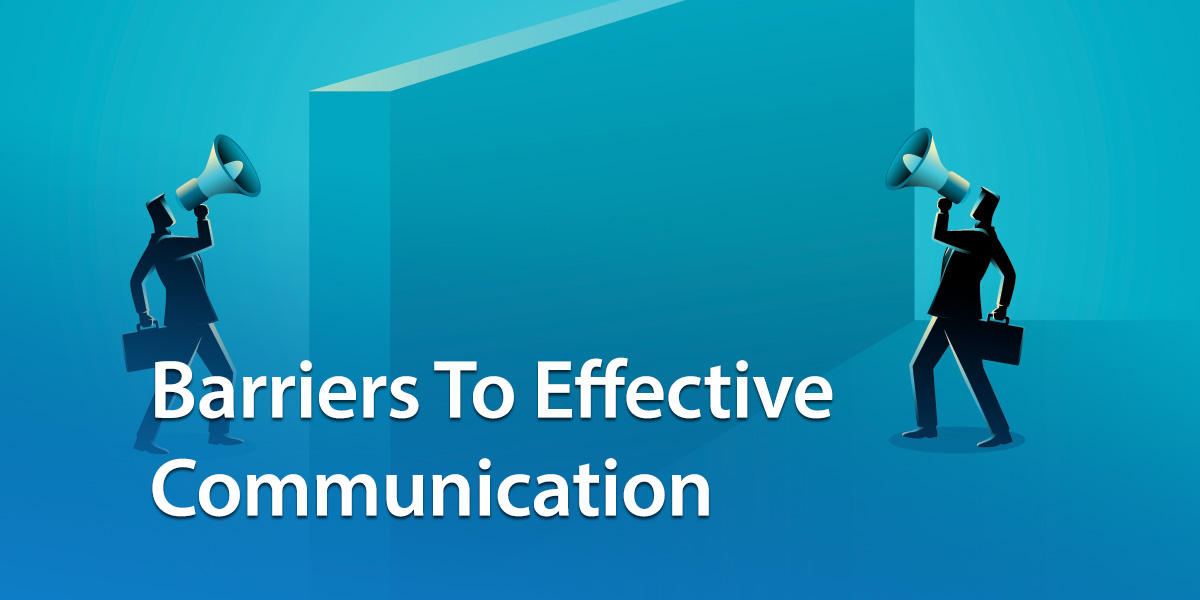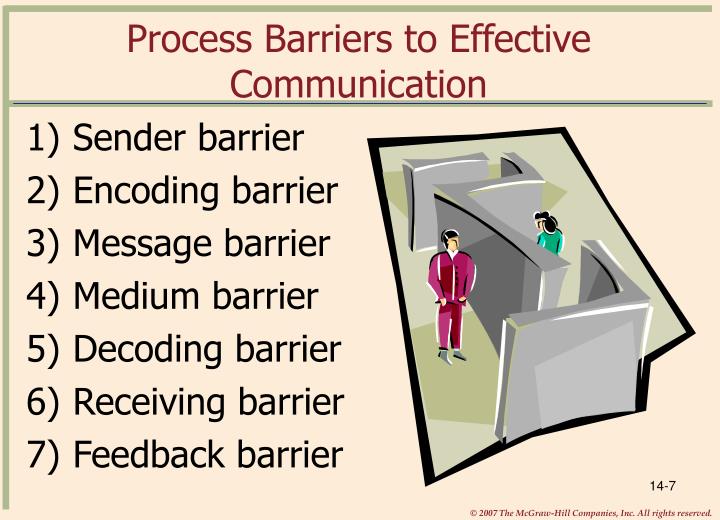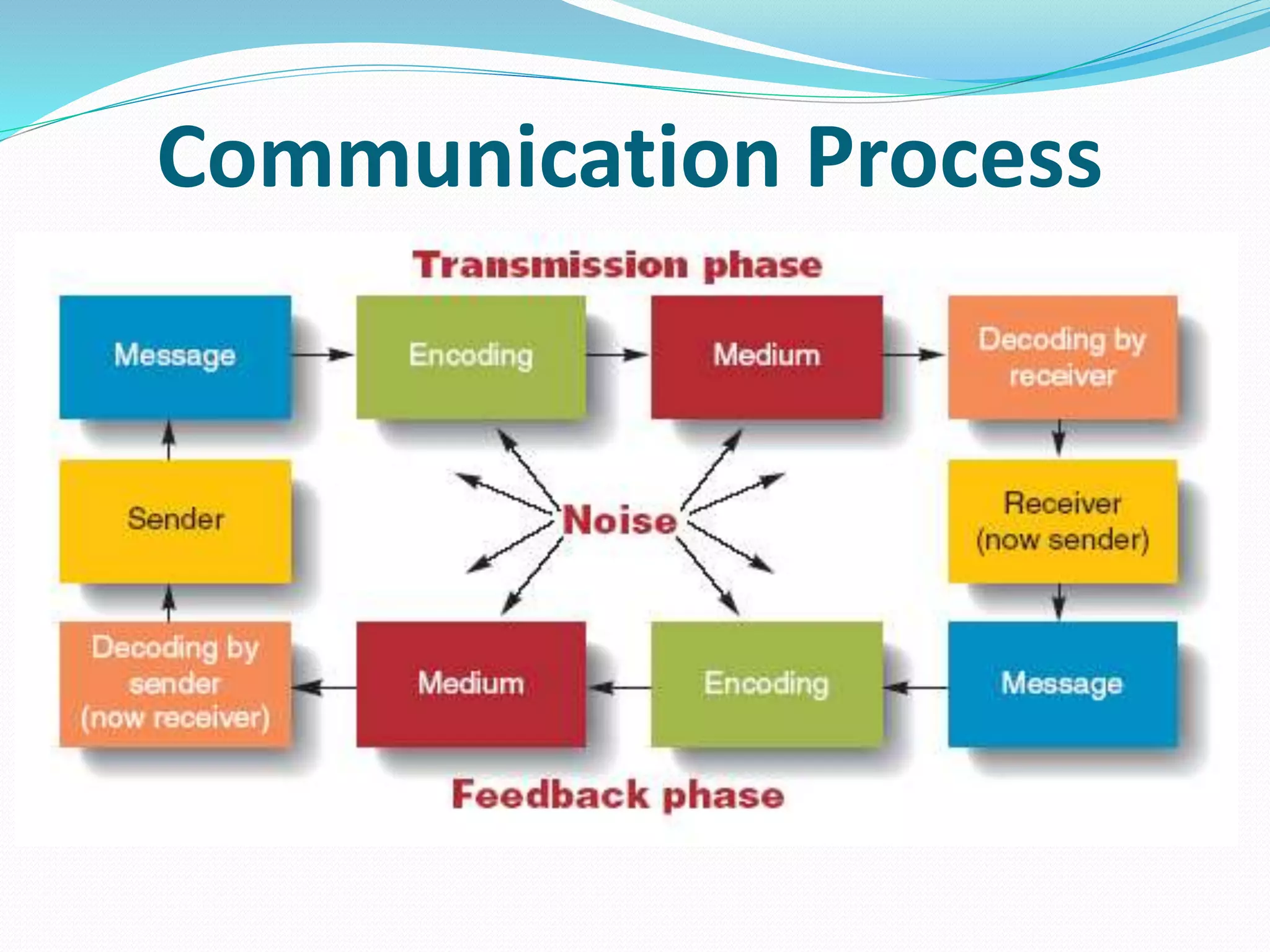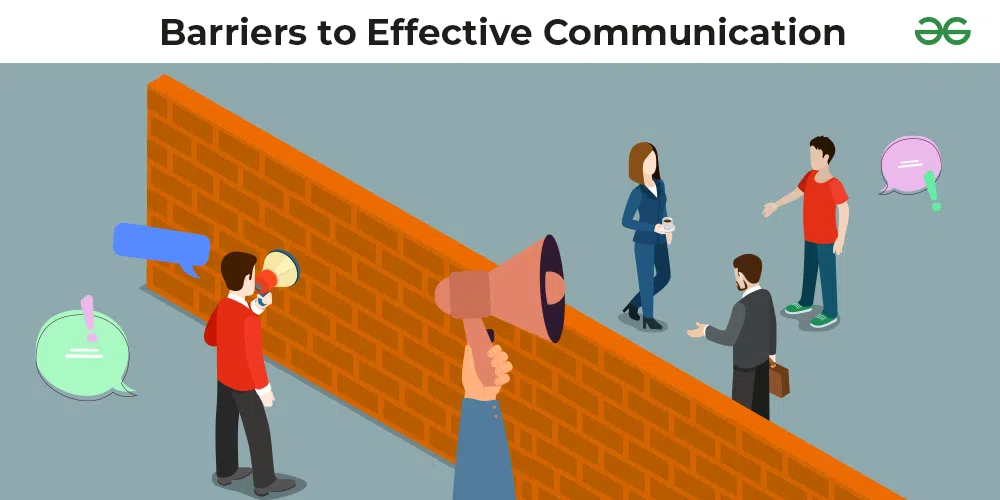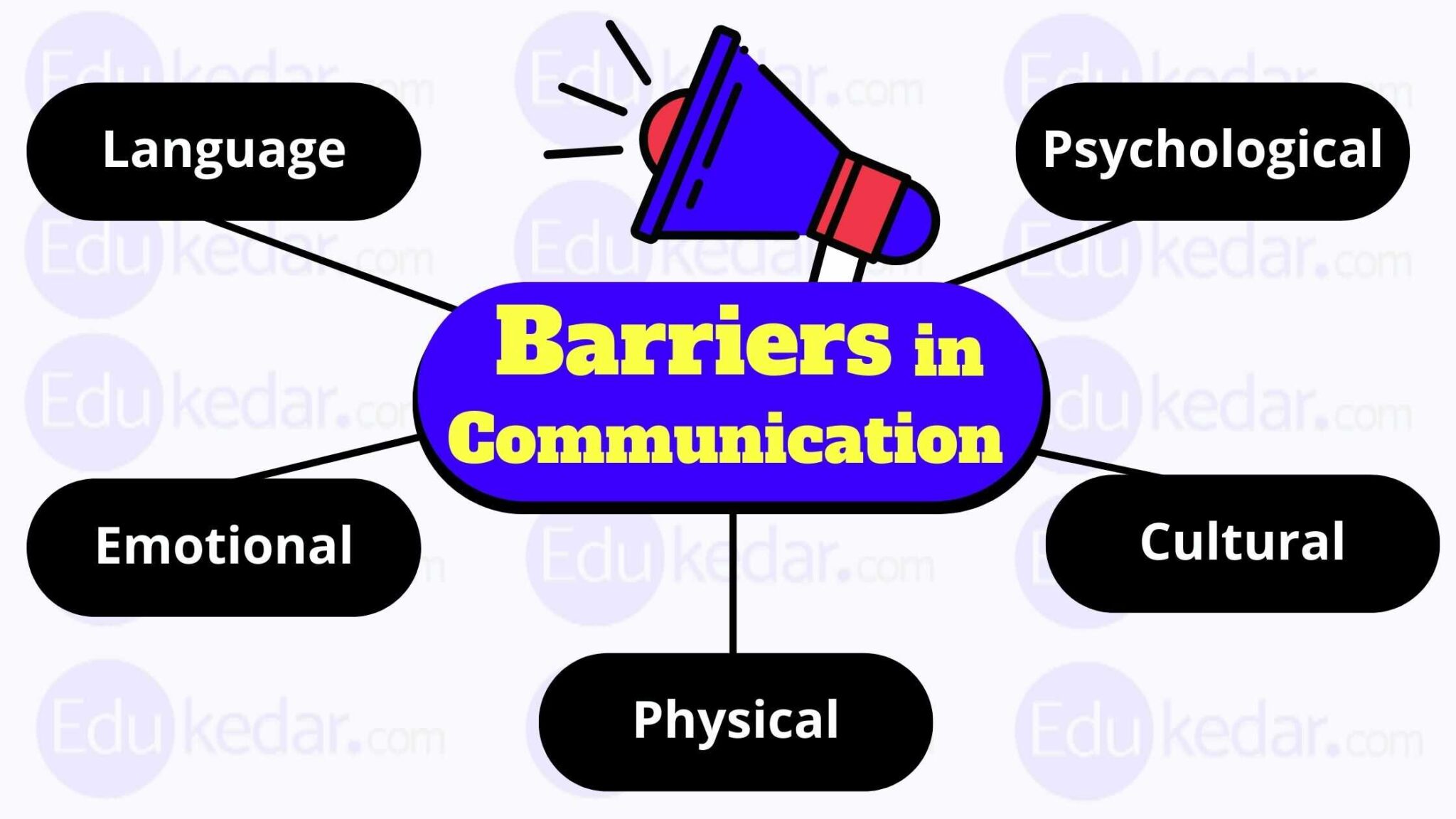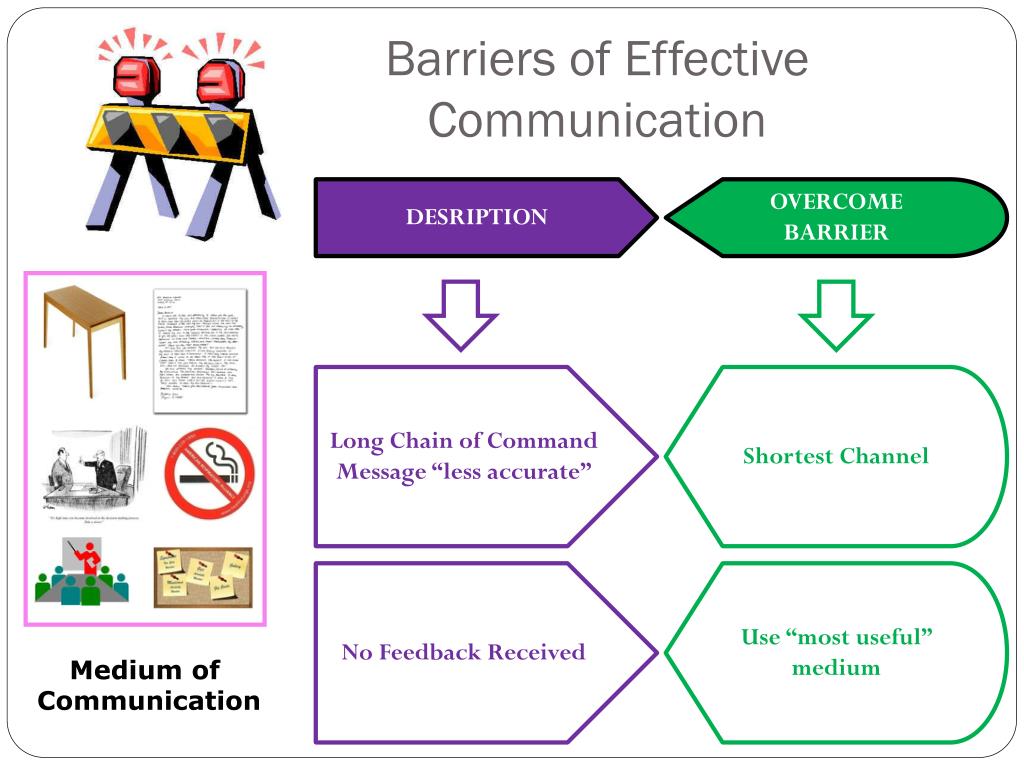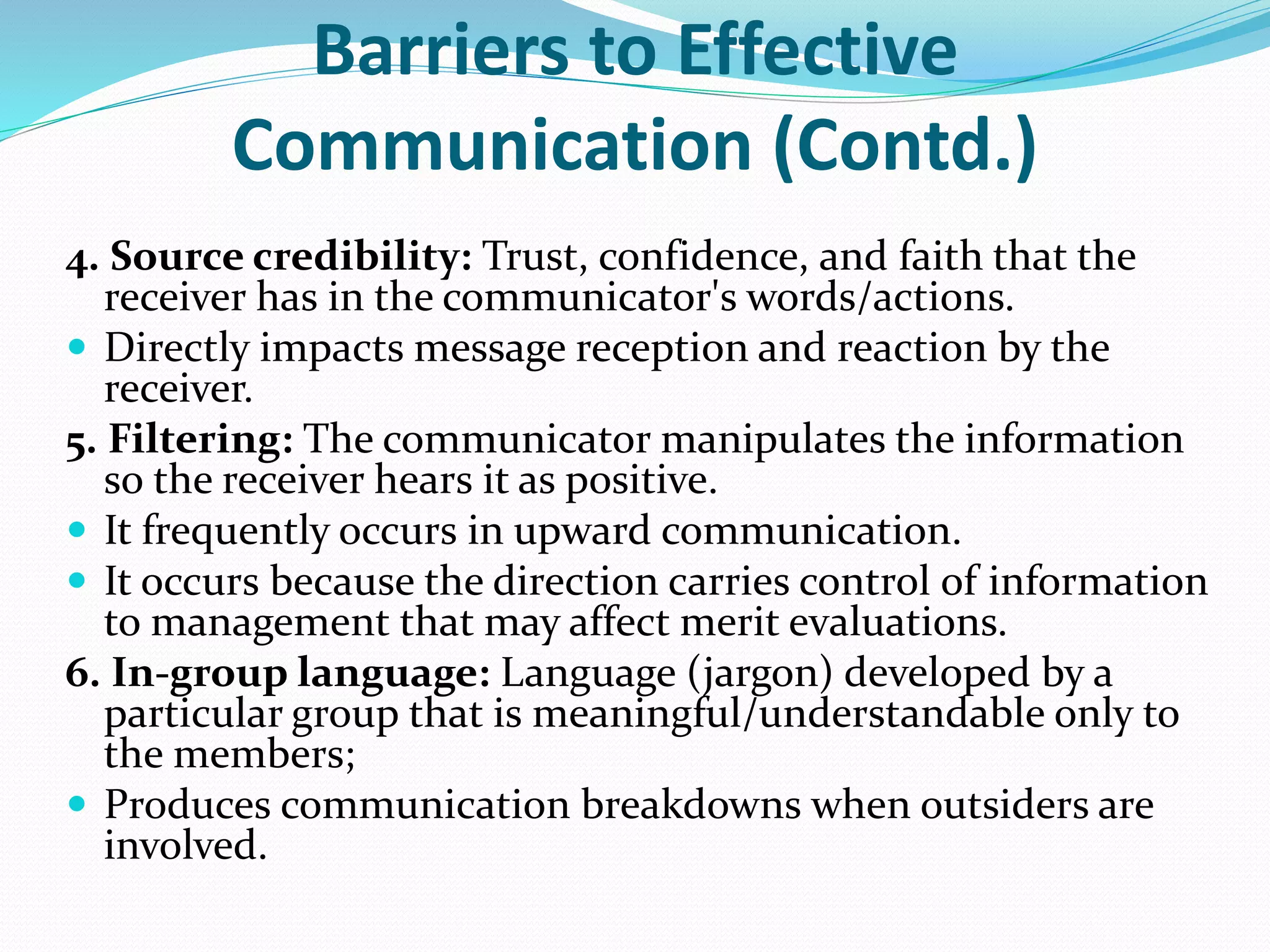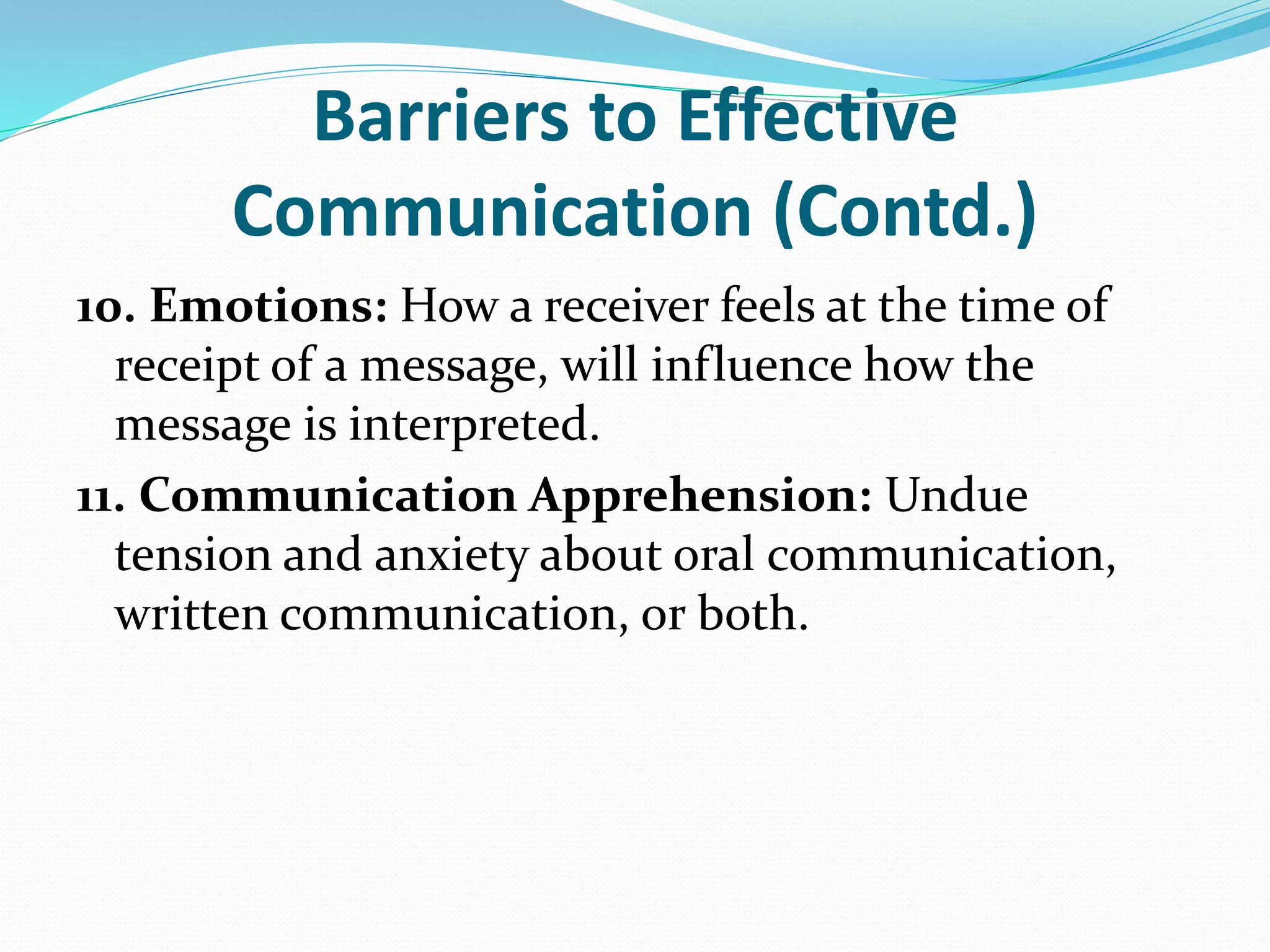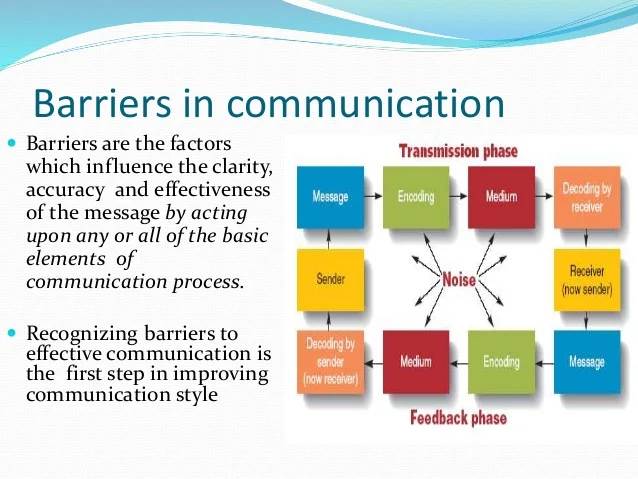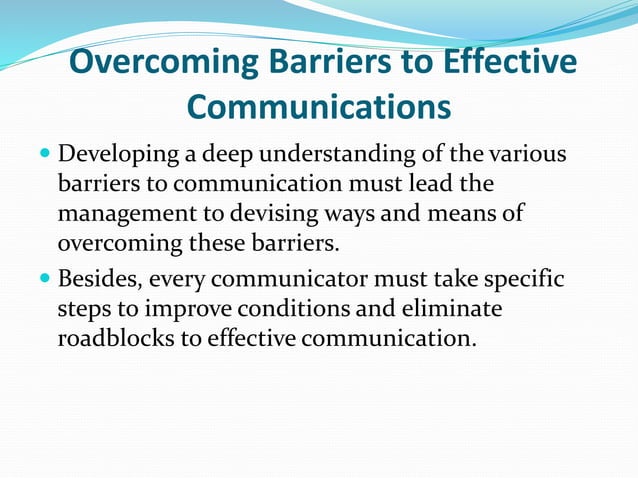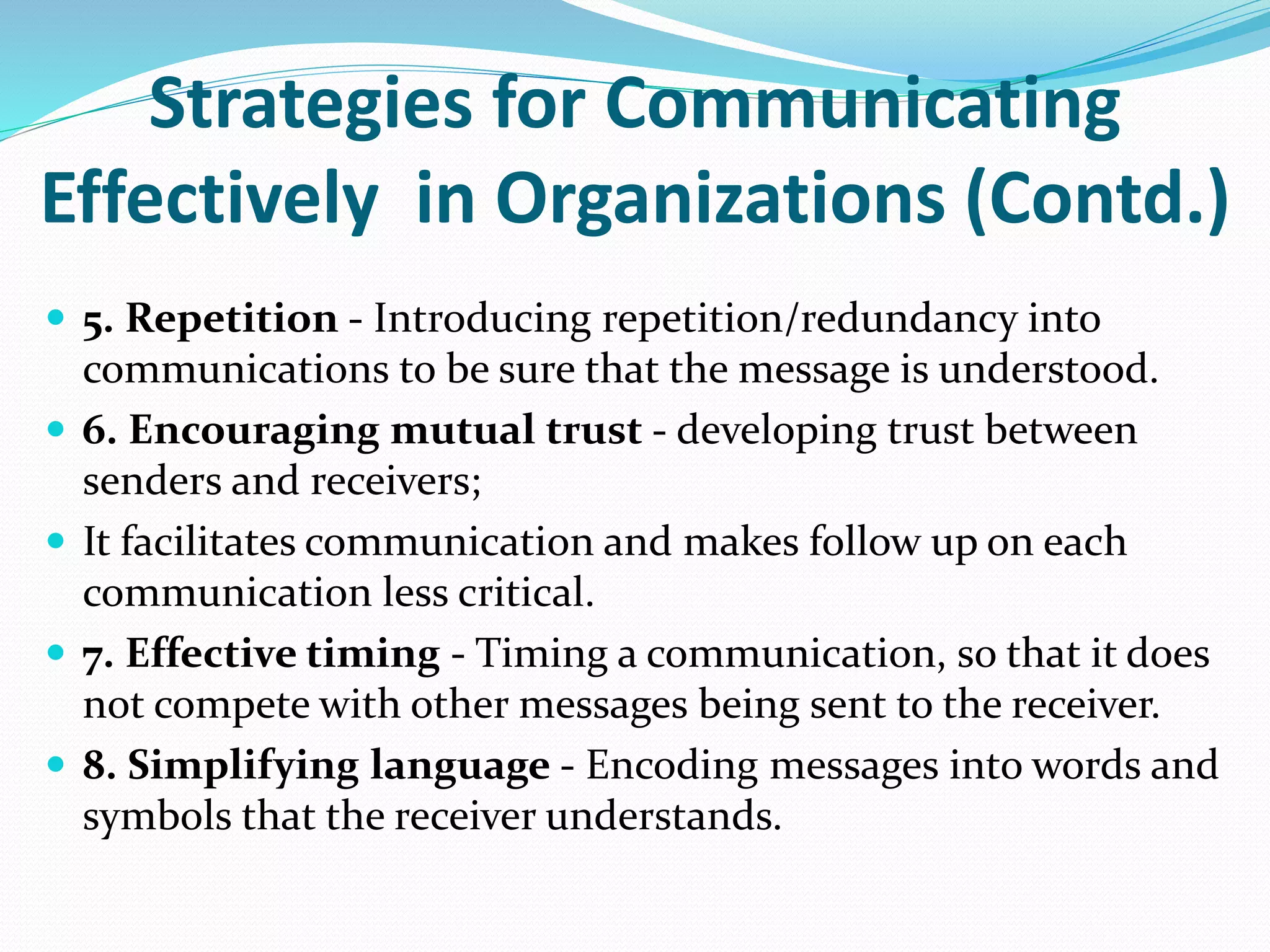Process Barriers To Effective Communication
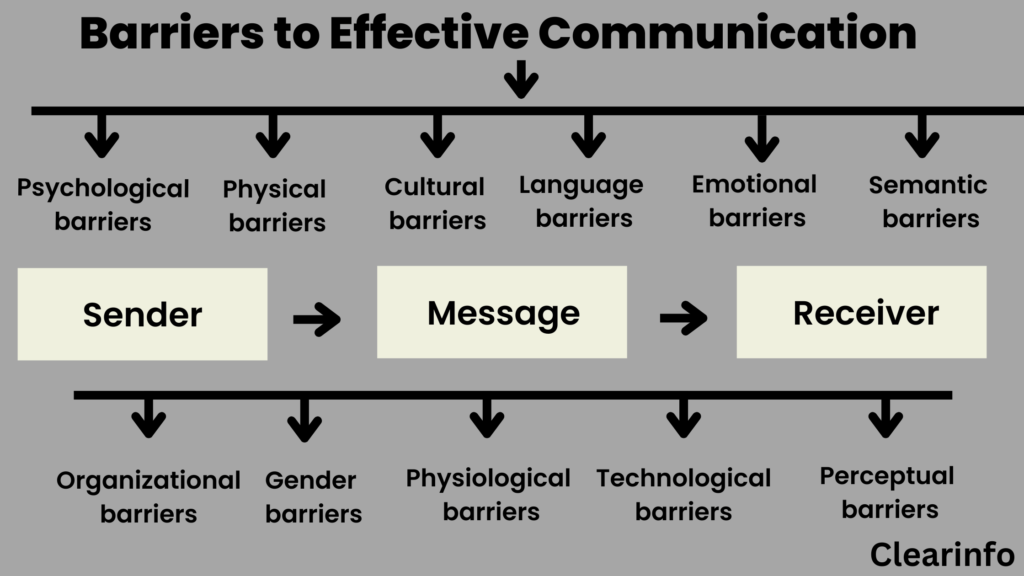
In an increasingly interconnected world, effective communication is paramount for the success of organizations, teams, and individuals. However, various process barriers can impede the smooth flow of information, leading to misunderstandings, inefficiencies, and ultimately, hindering progress.
These barriers, arising from the channels and structures used to convey messages, are often overlooked but can have a significant impact on productivity and overall morale. Understanding and addressing these process barriers is crucial for fostering a more collaborative and productive environment.
What are Process Barriers?
Process barriers refer to the obstacles within the communication channels and structures that prevent a message from being accurately and efficiently transmitted and received. These barriers are distinct from personal barriers, which stem from individual attitudes, perceptions, and communication styles.
They are related to how the communication system works within a group or company. These barriers are rooted in the organization's structure and communication procedures and can drastically affect communication effectiveness.
Examples of Common Process Barriers
One prevalent process barrier is information overload. When individuals are bombarded with excessive information, they may struggle to process and retain crucial details, leading to confusion and potentially, missed deadlines.
Poorly defined communication channels also pose a significant challenge. If employees are unclear about the appropriate channels for different types of messages, information can be lost or delayed, resulting in errors and frustration.
Another common barrier is the use of overly complex or technical language, particularly when communicating with individuals who lack expertise in the specific field. This jargon can create confusion and prevent the message from being understood by the intended audience.
Filtering, another process barrier, occurs when information is deliberately or unintentionally distorted or withheld as it passes through different levels of an organization. This can result in decision-makers receiving an incomplete or inaccurate picture of the situation.
The Impact on Organizations
The consequences of process barriers can be far-reaching. Reduced productivity is a direct result, as employees spend valuable time trying to clarify ambiguous information or rectify errors caused by miscommunication.
"Miscommunication is not just an inconvenience; it's a business killer. Process barriers contribute significantly to this problem," according to a report by the Communication Research Institute.
Moreover, process barriers can damage relationships between team members and departments. Frustration and misunderstandings can lead to conflict and a breakdown in collaboration.
Poor communication can also stifle innovation and creativity. When employees are hesitant to share ideas or concerns due to fear of misinterpretation or ridicule, the organization misses out on valuable insights.
Overcoming Process Barriers
Addressing process barriers requires a multi-faceted approach. Simplifying communication channels is a crucial step. Organizations should ensure that employees have clear guidelines on which channels to use for different types of information.
Implementing communication training programs can equip employees with the skills to communicate effectively, regardless of their roles. These programs should emphasize the importance of clear, concise language and active listening.
Establishing feedback mechanisms is also essential. Regularly soliciting feedback from employees on the effectiveness of communication channels can help identify areas for improvement.
Promoting a culture of open communication is vital. When employees feel comfortable sharing their thoughts and ideas, process barriers are more likely to be identified and addressed proactively.
By fostering transparency and encouraging dialogue, organizations can create a more collaborative and productive environment.
By prioritizing clear and efficient communication processes, organizations can unlock their full potential and achieve greater success.
